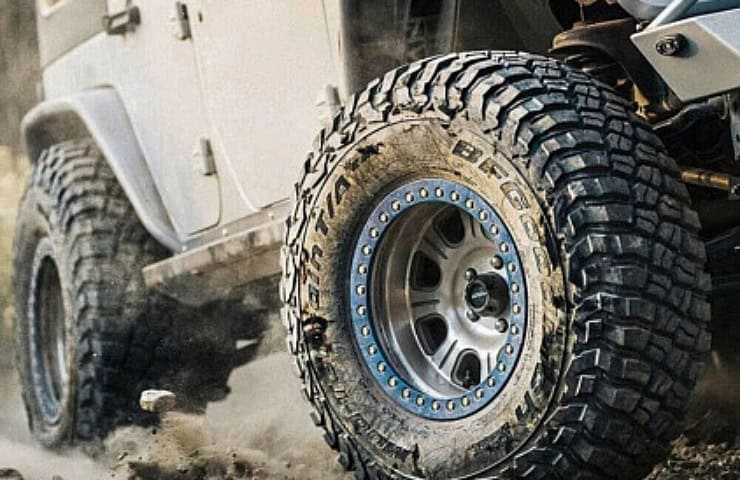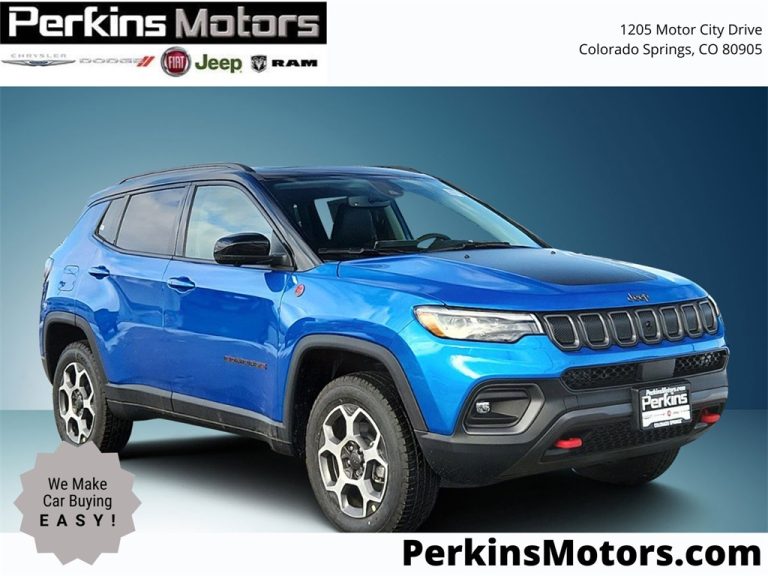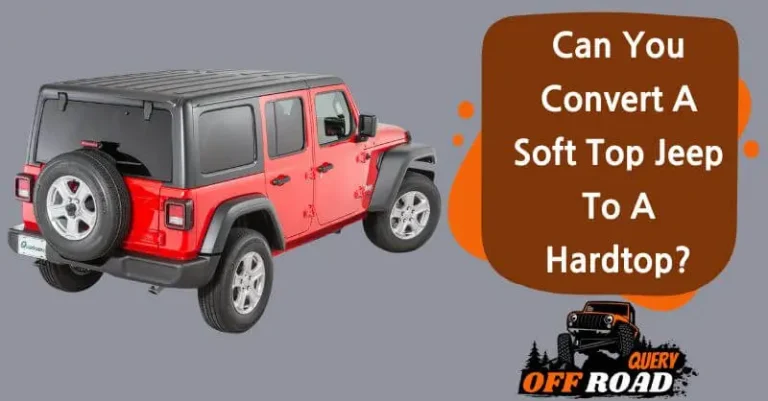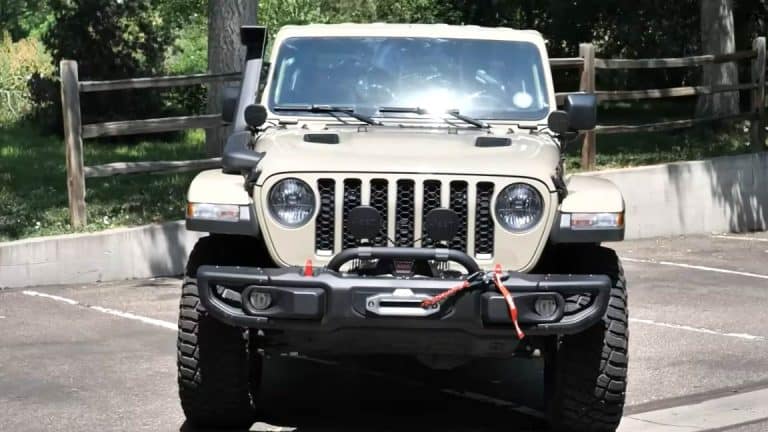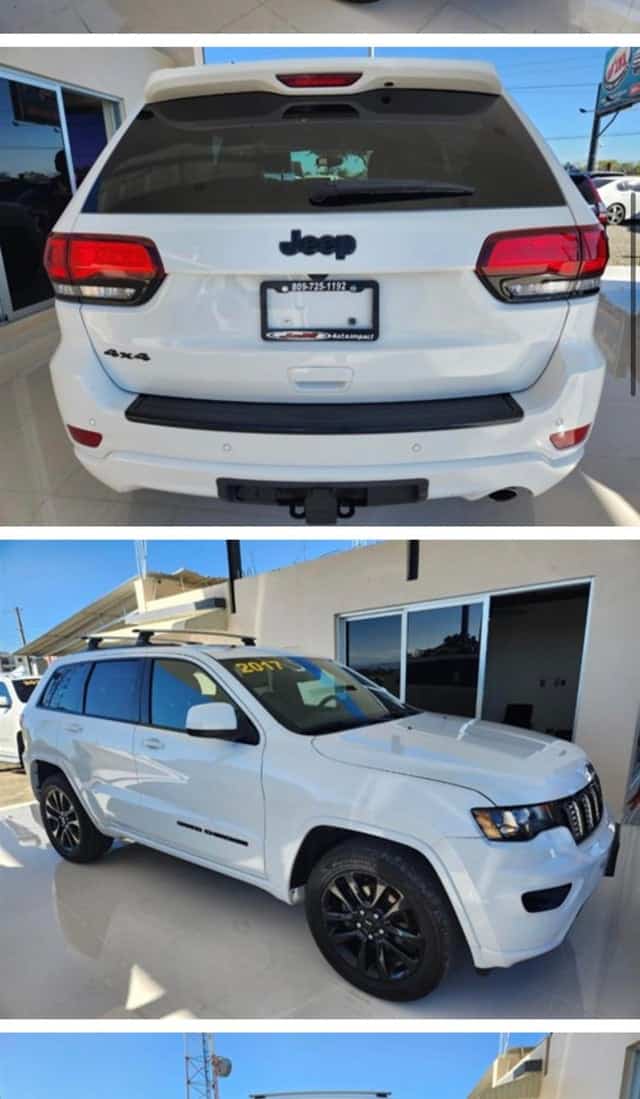Offroading Tires Types: Choose the Best for Rugged Terrain
Offroading tires are designed for various terrains and fall into three main types: all-terrain, mud-terrain, and sand tires. Each type caters to specific offroad conditions and vehicle needs.
Offroading enthusiasts know the importance of choosing the right tires for their adventures. Selecting the appropriate tire type can significantly enhance a vehicle’s performance on rocky paths, muddy trails, or sandy dunes. All-terrain tires offer versatility, making them suitable for both offroad and on-road use.
Mud-terrain tires, with their aggressive tread patterns, are ideal for navigating through thick mud and loose soil. Sand tires, typically wider with a straighter tread, help prevent sinking in sandy environments. Understanding these differences is crucial for safety and optimal performance in various offroad settings.
Introduction To Offroading
Offroading transforms driving into an adventure beyond the pavement. It’s about exploring trails and conquering terrains. With the right tires, any path becomes a new discovery. Offroading opens up a world where standard roads do not dictate travel.
The Thrill Of The Drive
Every offroad journey is a thrill ride. The excitement comes from navigating through mud, rocks, and sand. It’s about the powerful bond between driver, vehicle, and nature. Offroaders relish the challenge and the freedom to roam.
Essential Gear For Offroad Adventures
- All-Terrain Tires: Versatile for various offroad conditions.
- Mud-Terrain Tires: Designed for deep mud and loose soil.
- Rock-Crawling Tires: For gripping onto rocky surfaces.
- Sand Tires: Feature wide treads for desert landscapes.
Each tire type offers unique benefits to tackle different obstacles. Choosing the right tire is crucial for a safe and enjoyable trip.
Terrain Types And Tire Selection
Selecting the right offroading tires is crucial for any adventure. The terrain dictates the tire type. Different surfaces require different tread patterns and rubber compounds to navigate effectively. This section explores how to match tires to the terrain and addresses common challenges faced offroad.
Matching Tires To Terrain
Tires are the point of contact between your vehicle and the ground. Choosing the correct type can make or break your offroad experience. Here’s a quick guide:
- Mud Terrain: Deep, wide treads clear mud quickly.
- All-Terrain: Versatile, for varied surfaces.
- Rock Crawling: Tough sidewalls, large tread blocks.
- Sand: Wide footprint, balloon-like to float on surface.
- Snow and Ice: Sipes and studs for grip.
Match your tire to the main terrain you plan to tackle. A mismatch can lead to reduced control and damage.
Common Offroad Challenges
Offroading presents unique challenges. Be prepared:
| Challenge | Tire Feature Needed |
|---|---|
| Mud | Self-cleaning treads |
| Rocks | Reinforced sidewalls |
| Sand | Low air pressure capacity |
| Wet Surfaces | Water evacuation channels |
| Snow | Stud compatibility |
Each challenge requires a specific tire feature. Without the right tires, you risk getting stuck or damaging your vehicle. Choose wisely to conquer the trails.
All-terrain Tires
All-Terrain tires are like Swiss Army knives for vehicles. They tackle various surfaces with ease. From muddy paths to rocky trails, these tires keep the adventure going. Their unique design balances off-road capability with on-road manners.
Characteristics
- Tread pattern: Open, versatile for grip on different surfaces
- Reinforced sidewalls: Tough, resist punctures and damage
- Rubber compounds: Durable for long tire life
All-Terrain tires boast features perfect for off-road and city driving. Their tread design offers traction on wet and dry roads. Sidewalls are strong to endure rough terrain. These tires last longer, making them a smart choice.
Advantages
| Advantage | Description |
|---|---|
| Versatility | Perform well on various terrains |
| Year-Round Use | Suitable for all seasons |
| Comfort | Quieter, smoother ride than mud tires |
| Traction | Good grip on both off-road and paved surfaces |
Drivers choose All-Terrain tires for their flexibility. They work in rain, snow, and sun. These tires provide a comfortable ride with less noise. They grip roads well for safe driving.
Limitations
- Not as aggressive off-road as specialized mud tires
- May wear faster on pavement compared to highway tires
- Not the best choice for extreme off-roading
While All-Terrain tires are good for many conditions, they have limits. They may not match mud tires in deep muck. On streets, they might wear out sooner than highway tires. For the toughest trails, specialized tires are better.
Mud-terrain Tires
Mud-Terrain Tires are the go-to choice for off-road enthusiasts. These tires turn any rugged journey into a manageable adventure. Designed for the muck and mud, they ensure that your vehicle powers through the toughest of terrains with ease. Let’s explore what sets these tires apart and some tips for navigating muddy trails.
Design Features For Mud
- Aggressive Tread Patterns: Deep, wide gaps between tread blocks clear mud fast.
- Reinforced Sidewalls: Extra layers prevent punctures from sharp rocks and branches.
- Self-Cleaning Channels: These eject stuck mud, maintaining grip.
- Large Shoulder Lugs: Provide additional biting edges for improved side traction.
Driving Tips
- Lower Tire Pressure: This increases traction by enlarging the tire’s footprint.
- Steady Pace: Maintain a constant speed to avoid getting stuck.
- Use Low Gear: This maximizes torque and control.
- Steer Straight: Sharp turns can cause tires to dig in and get stuck.
- Avoid Spinning Wheels: This can dig you deeper into the mud.
Rock Crawling Tires
Rock Crawling Tires are essential for extreme off-road enthusiasts. These tires help vehicles conquer rocky terrains. Let’s explore their features and benefits.
Traction And Durability
Rock crawling tires boast superior traction. This grip is crucial for climbing steep, slippery rocks. The tires feature deep, aggressive treads. These treads bite into surfaces, preventing slips. Additionally, the rubber compounds used are tough. This makes the tires resistant to cuts and abrasions.
- Deep tread patterns grab onto rocks.
- Heavy-duty rubber withstands harsh conditions.
Durability is further enhanced by reinforced sidewalls. These walls protect against sharp rocks.
When To Use Rock Crawlers
Choose rock crawling tires for specific scenarios:
- Driving on rocky, uneven paths.
- Participating in off-road competitions.
- Exploring mountainous areas.
These tires are not suitable for regular city driving. Their specialized nature makes them ideal for off-road adventures only.
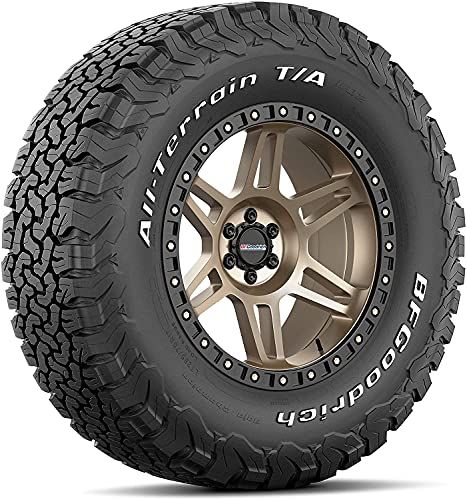
Credit: www.caranddriver.com
Sand Tires
Exploring sandy terrains demands the right equipment, especially sand tires. These tires ensure your vehicle performs optimally in sandy environments. Let’s delve into the specific features that make sand tires ideal for beach rides and desert adventures.
Paddle Designs For Sand
Paddle tires are the go-to choice for sand lovers. Their distinctive design features large rubber paddles. These paddles provide maximum traction. They dig into loose sand, propelling your vehicle forward efficiently.
- Wide spacing between paddles helps prevent sand build-up.
- Flexible rubber compounds adapt to sandy surfaces.
Such designs are pivotal for maintaining speed and stability on soft surfaces.
Performance In Dune Environments
In dune environments, performance is key. Sand tires shine in these conditions. Their specialized tread patterns make them perfect for scaling dunes.
- Low pressure enhances tire footprint.
- Increased flotation prevents sinking in soft sand.
- Robust sidewalls resist sharp objects and heat.
This ensures a smooth, controlled ride even on challenging terrains.
Snow And Ice Tires
When winter blankets the roads with snow and ice, having the right tires is crucial. Snow and Ice Tires are engineered to handle harsh conditions. They offer drivers peace of mind and improved safety. Let’s dive into what makes these tires essential for winter driving.
Tread Patterns For Winter
The right tread design makes all the difference on slippery roads. Snow and ice tires have unique tread patterns. These patterns provide the necessary grip and traction. They bite into snow and ice, reducing the risk of slipping.
- Deep grooves help channel snow and slush away from the tire.
- Sipes create additional biting edges for better ice traction.
- Strategically placed tread blocks maintain stability.
Compound And Flexibility
Tire compound and flexibility are key in cold weather. Snow and ice tires use a special rubber compound. It stays soft in freezing temperatures. This allows the tire to conform to the road better.
| Temperature | Compound Behavior |
|---|---|
| Cold | Remains flexible for grip |
| Mild | Too soft, wears quickly |
Remember, these tires are for winter use only. Warmer temperatures will wear them out faster.
Hybrid Tires
When it comes to off-roading, Hybrid Tires strike the perfect balance. These tires blend the ruggedness of mud tires with the smoothness of all-terrain tires. Let’s explore the characteristics that make Hybrid Tires a top choice for off-road enthusiasts who also spend time on the pavement.
Combining Features
Hybrid Tires offer unique features:
- Aggressive tread patterns grip loose surfaces.
- Wide channels help in wet conditions.
- Reinforced sidewalls resist punctures.
- They are quieter on roads than mud tires.
Versatility On Mixed Terrains
Hybrid Tires adapt to various terrains:
| Terrain Type | Performance |
|---|---|
| Mud | Excellent traction |
| Rocks | Stable and durable |
| Sand | Good floatation |
| Pavement | Comfortable ride |
Hybrid Tires enable a smooth transition from off-road adventures to highway driving. Off-road enthusiasts can enjoy a reliable performance on diverse landscapes.
Tire Maintenance And Care
Tire Maintenance and Care are crucial for offroading enthusiasts. Proper upkeep ensures tires perform at their peak. This translates to safer, more enjoyable adventures. Let’s dive into the essentials of maintaining your offroad tires.
Regular Inspections
Regular inspections catch issues before they worsen. Check for cuts, bulges, or objects lodged in the tread. Ensure proper tire pressure. Uneven wear indicates alignment or suspension problems. Address these promptly to avoid damage.
Prolonging Tire Life
Prolonging tire life saves money and enhances safety. Rotate tires every 5,000 miles. This evens out wear. Clean tires with mild soap and water. Avoid harsh chemicals. Store offroad tires away from direct sunlight when not in use.
Follow these tips for durable, reliable offroad tires. They’ll support your offroading passion for miles to come.

Credit: gofastcampers.com
Making The Choice
Choosing the right offroading tires is crucial for any adventure. The right set can transform your ride. It’s about balance. You need tires that match your vehicle, driving style, and terrain. Let’s explore the key factors in making that choice.
Budget And Performance
Finding the sweet spot between cost and quality is vital. Offroading tires come in various price ranges. But, it’s not just about the cheapest option. You want tires that last and perform. Consider these points:
- Durability: More expensive tires often use tougher materials. They can handle rough terrain better.
- Traction: Look for tires with good grip. This is essential for safety and control.
- Tire Life: Cheaper tires might wear out faster. This could cost more in the long run.
Set a budget. But remember, the cheapest tire is not always the best deal.
Consulting With Experts
Talking to professionals can help. They know tires. They can guide you to the best choice for your offroad needs. Here’s why expert advice matters:
- Personal Experience: Experts have tested various tires. They know what works.
- Vehicle Match: They can recommend tires that fit your vehicle perfectly.
- Specific Needs: They tailor advice to your driving habits and the terrains you tackle.
Always seek expert opinions before buying. This ensures you get tires suited for your adventures.
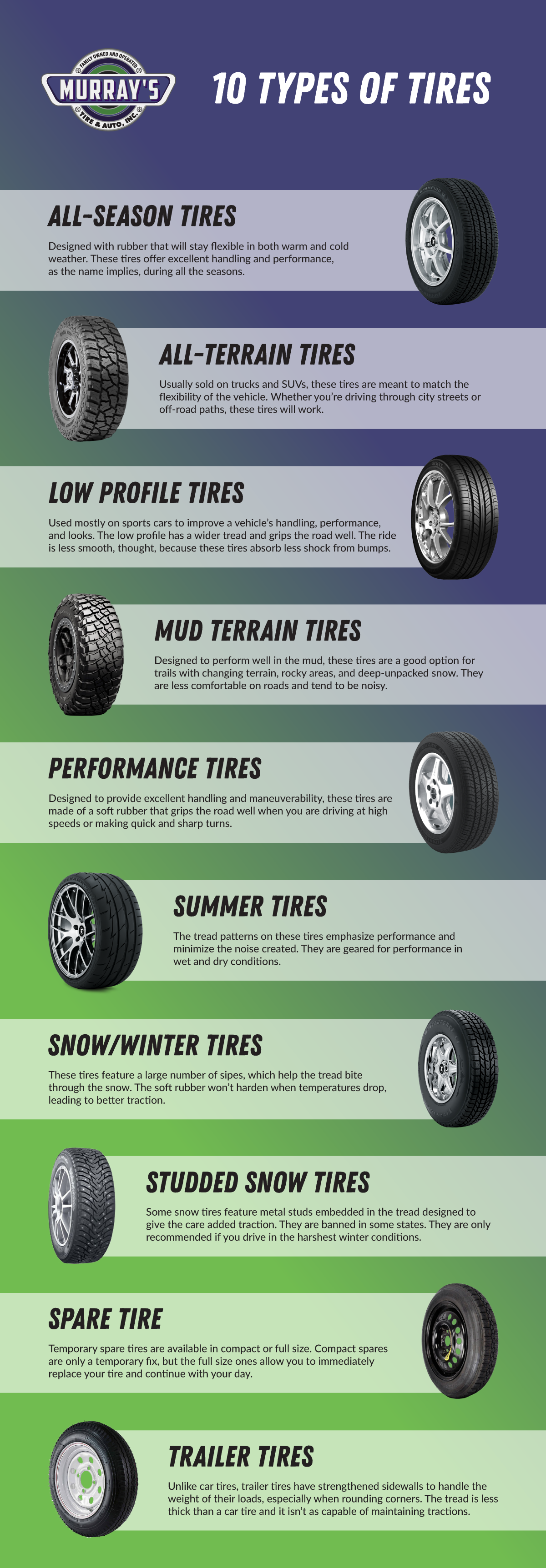
Credit: murraystirebargains.com
Frequently Asked Questions
What Are The Different Types Of Off-road Tires?
Off-road tires come in various types, including all-terrain, mud-terrain, sand tires, and rock-crawling tires. Each is designed for specific terrain challenges, ensuring optimal traction and durability.
What Is The Best Tire For Offroad?
The best tire for off-road adventures varies by use, but the BFGoodrich T/A KO2 consistently ranks high for its durability and traction on diverse terrains.
How Do I Choose Off-road Tires?
Consider your vehicle’s specifications and compatibility first. Assess the terrain type you’ll be tackling, such as mud, rocks, or sand. Prioritize tire durability and tread pattern for grip and stability. Check reviews for performance feedback, and balance quality with your budget.
What Makes A Good Off-road Tire?
A good off-road tire features deep treads for superior traction, durable construction to withstand rough terrain, and reinforced sidewalls to prevent punctures. It also offers stability and is made of a compound suitable for various off-road conditions.
Conclusion
Selecting the right offroad tire can transform your driving adventure. Each type caters to a specific terrain and driving style. Remember, your choice impacts performance and safety. Do your research, consider your offroad needs, and gear up for the trails ahead.
Happy offroading!

